
Compound or isolations?
You've heard it before: "Compound lifts are king." But is it really that simple?
In this article, I'll break down the nuances and help you understand when to do what.
Trust me, it's not as complicated as it sounds. Let's dive in.
Compound exercises like squats and deadlifts are your go-to for overall strength and muscle gains.
Isolation exercises like bicep curls excel at honing in on specific muscles.
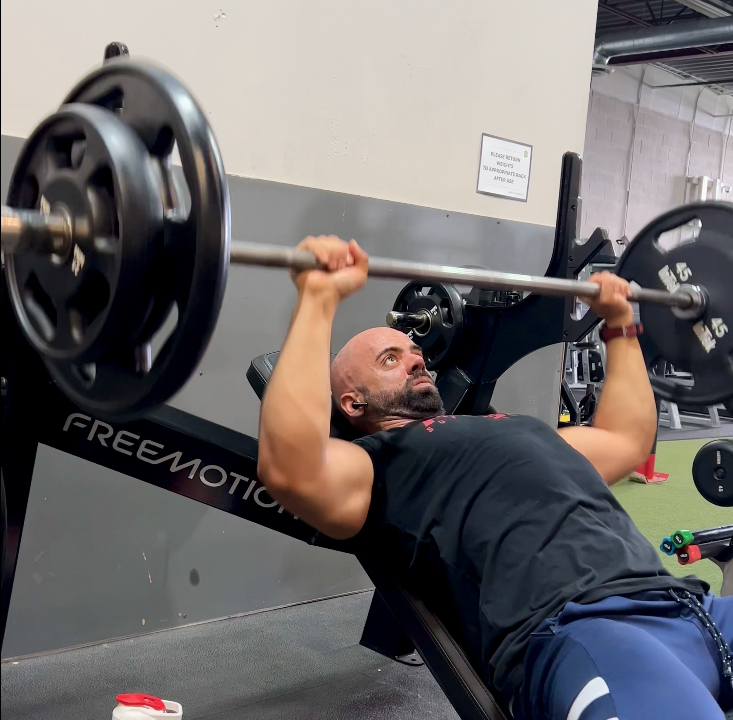
When it comes to building muscle and strength, there are two main types of exercises you'll encounter: compound and isolation exercises.
Both have their merits, but they serve different purposes in your workout regimen.
Let's break it down.
Compound exercises are multi-joint movements that engage multiple muscle groups at the same time.
Think of exercises like squats, deadlifts, and bench presses.
These are the heavy hitters in your workout routine.
Key Takeaway: Compound exercises are excellent for building strength and muscle mass quickly.
They're the cornerstone of most strength training programs for good reason.
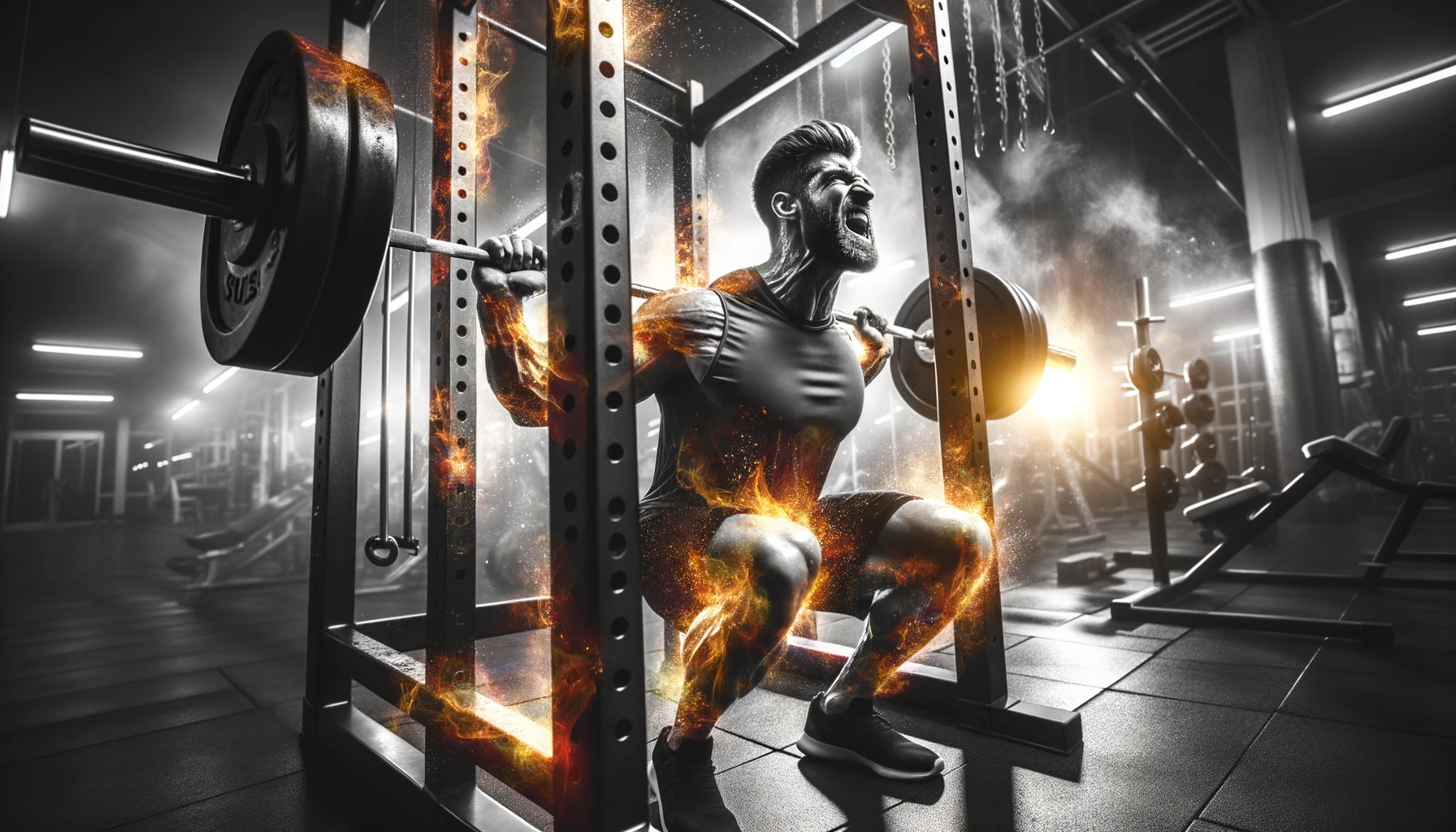
Isolation exercises focus on a single muscle group and usually involve only one joint.
Examples include bicep curls, tricep extensions, and leg curls.
Key Takeaway: Isolation exercises have their place, especially for targeting specific muscles and for warm-up or pre-exhaustion techniques.
In my 15 years of lifting, I started with isolation exercises like side raises and bicep curls.
While they toned me up, they didn't contribute much to mass or strength gains.
It wasn't until I switched to compound lifts like squats and deadlifts that I noticed quick gains in mass and strength.
These exercises work multiple muscle groups at once, making them highly efficient.
So, which should you choose?
The answer is both.
Compound exercises should form the core of your strength training program, but isolation exercises can complement them well, especially for targeting lagging muscles or warm-up routines.
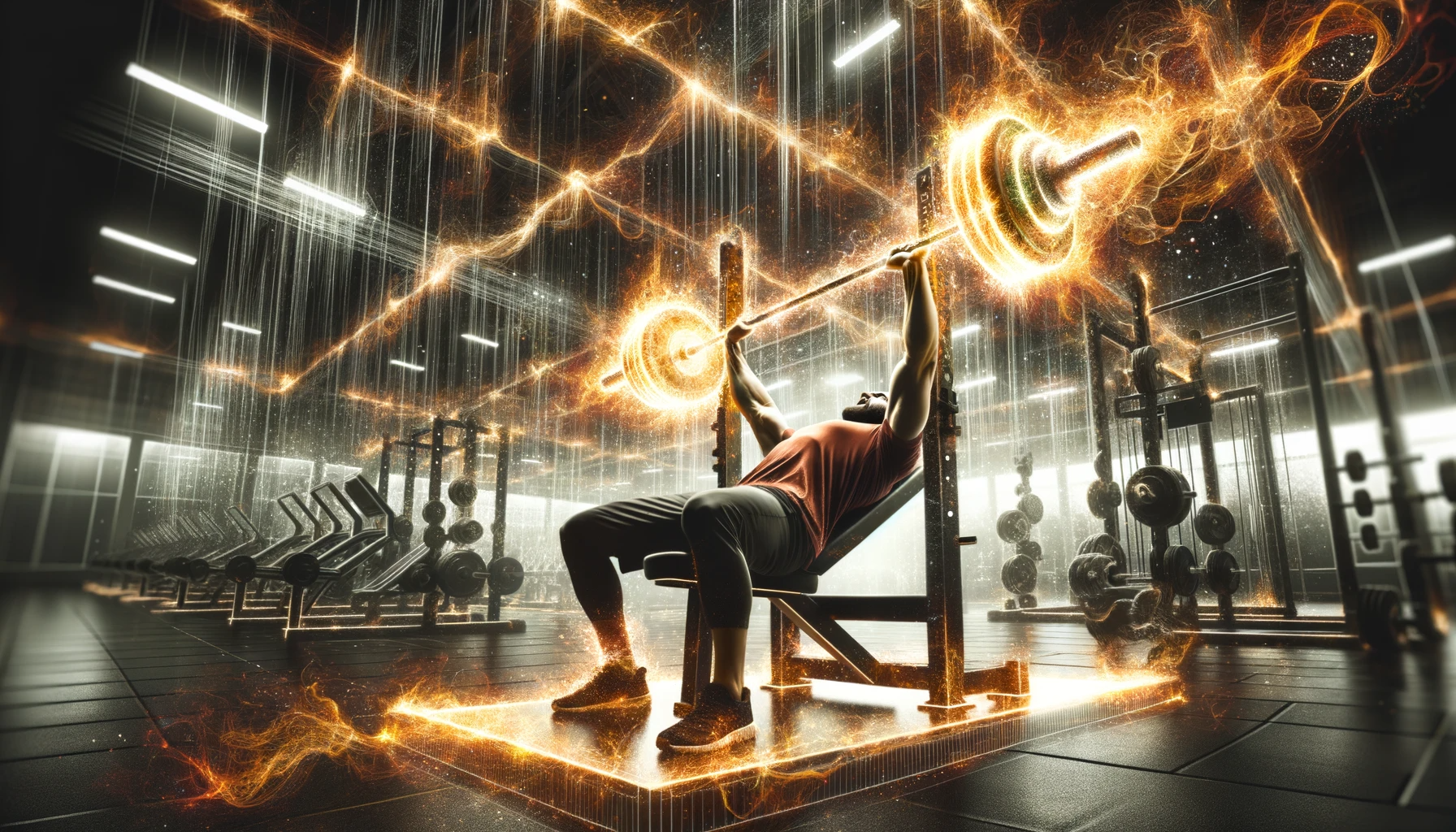
When I started lifting 15 years ago, my workouts included isolation exercises like side raises and bicep curls.
Sure, they "toned me" up, but when it came to mass and strength gains, they fell short.
About a year into lifting, I had the chance to train in commercial gyms with more equipment like squat racks and barbells.
That's when I switched to compound lifts like squats and deadlifts.
The result?
My mass and strength shot up because compound lifts work multiple muscle groups simultaneously.
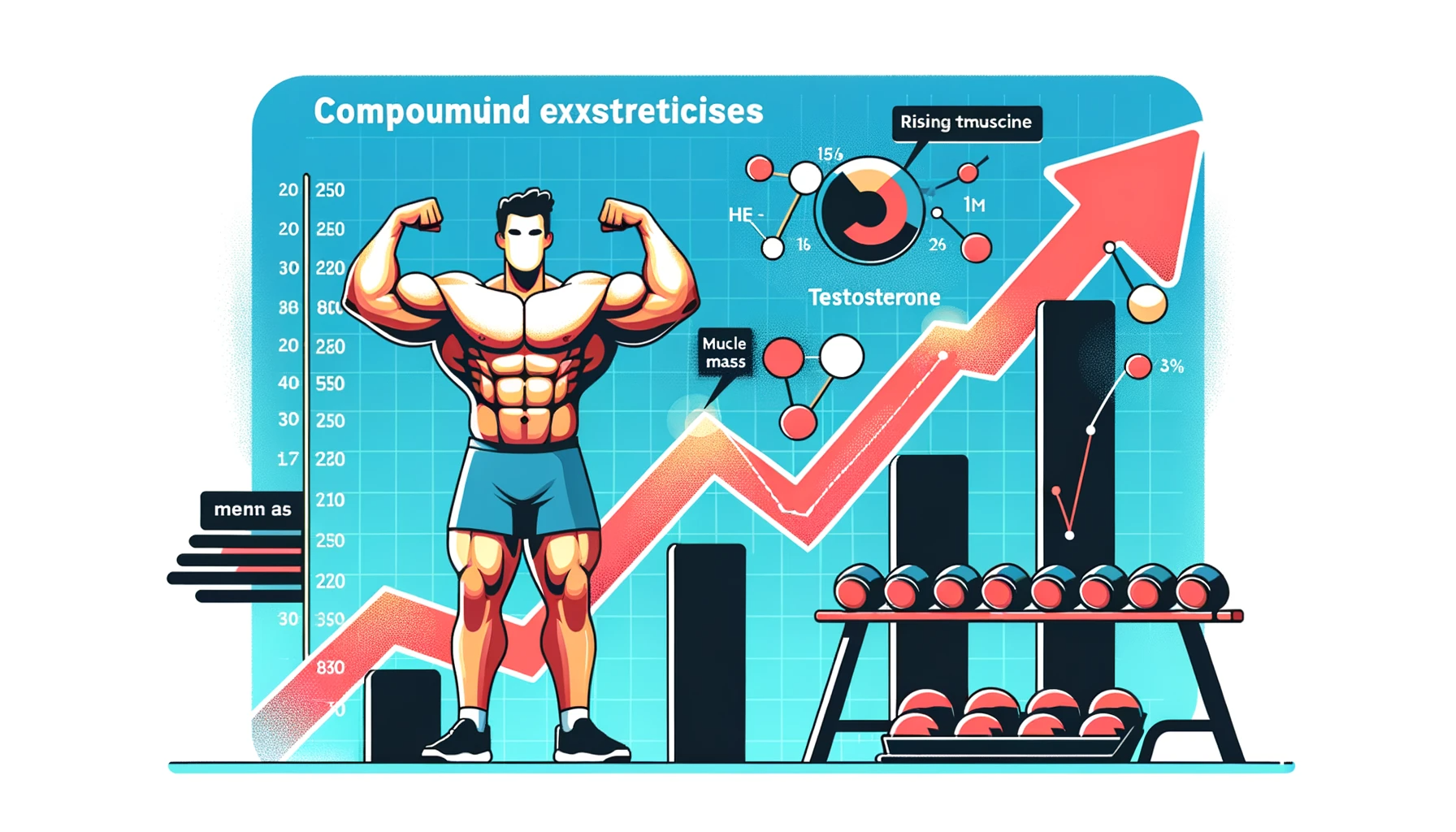
Life throws curveballs.
There were times when squat racks weren't available. Instead of giving up, I adapted by doing single-leg squats with dumbbells.
The lesson here is that there's always a way to keep progressing.
So, that's a snapshot of my journey from isolation to compound lifts.
The gains in mass and strength were like night and day.
But that's just part of the story.
There's a whole science and strategy behind maximizing these lifts, and that's what we'll get into next.

When building strength and muscle, the debate between compound and isolation exercises is as old as the gym.
But here's the thing: it's not an either-or situation.
Both have their merits, and both can fit into a well-rounded fitness regimen.
Let's break it down.
Why it Matters: Compound lifts are the cornerstone of any serious strength training program.
They offer quick gains in both mass and strength and have the added benefit of boosting your testosterone levels, which aids in muscle growth.
The Science: While isolation exercises may not offer the same systemic benefits as compound lifts, they are invaluable for targeted training and rehabilitation.
The Takeaway: A balanced approach incorporating compound and isolation exercises is often the most effective for overall muscle development and strength.
In my 15 years of lifting, I've found that a mix of compound and isolation exercises gave me the best results.
Compound lifts were game-changing for my progress, but isolation exercises had their place, especially for warm-ups and addressing specific weaknesses.
So, don't get caught up in the "either-or" debate. Both compound and isolation exercises have their place in a well-rounded fitness regimen.
The key is to understand your body, your goals, and how each type of exercise can benefit you.

For compound lifts, aim for a rep range between one to eight.
In the initial weeks of any program, you might start with higher reps like six to eight.
As the program intensifies, the reps may reduce.
That wraps up the essentials of nutrition and the intricacies of rep ranges and form.
But remember, the journey to gains is a marathon, not a sprint.
It's about the cumulative effect of compound lifts, healthy eating, and a balanced lifestyle.
Rest and recovery are super underrated; they're essential to any effective training regimen.
Lifting heavy, especially with compound exercises, you're causing microscopic damage to your muscle fibers.
This isn't a bad thing; it's precisely how muscles grow.
However, the actual growth doesn't happen during the workout but during the following recovery period.
The hormonal environment in your body post-workout is geared towards repair and growth, provided you give it the right raw materials through nutrition and enough time to carry out the repairs.
Shortchanging yourself on rest can lead to overtraining, where the body doesn't have enough time to repair muscle tissue.
This can lead to a plateau or even regression in your strength and muscle-building progress.
Rest isn't just about what you do on your off days. It's also about the time you give yourself between sets.
For compound lifts, a rest period of 2 to 4 minutes is ideal for maximizing strength.
Shorter rest periods can make your workout more aerobic and less about building strength.
You can't out-train a bad diet. Whole foods should be the cornerstone of your nutrition.
Chicken, fish, potatoes, and colorful salads are not just delicious but also packed with the nutrients your muscles crave.
And don't fear carbs; they fuel your workouts and are essential for muscle recovery.

The mind-muscle connection isn't just some mystical, new-age concept; it's a real, scientifically-backed phenomenon that can significantly impact your gains.
When you're lifting, it's not just about moving the weight from point A to point B.
It's about fully engaging your muscles and your mind in the exercise.

Why it Matters: Studies have shown that mental rehearsal can improve physical performance. Your brain doesn't differentiate much between a vividly imagined experience and a real one, so use this to your advantage.
The Science: Research indicates that focused attention on the muscle being worked activates more muscle fibers, leading to better results.
The Takeaway: Engaging all your senses makes the workout experience more immersive, helping you get the most out of each session.
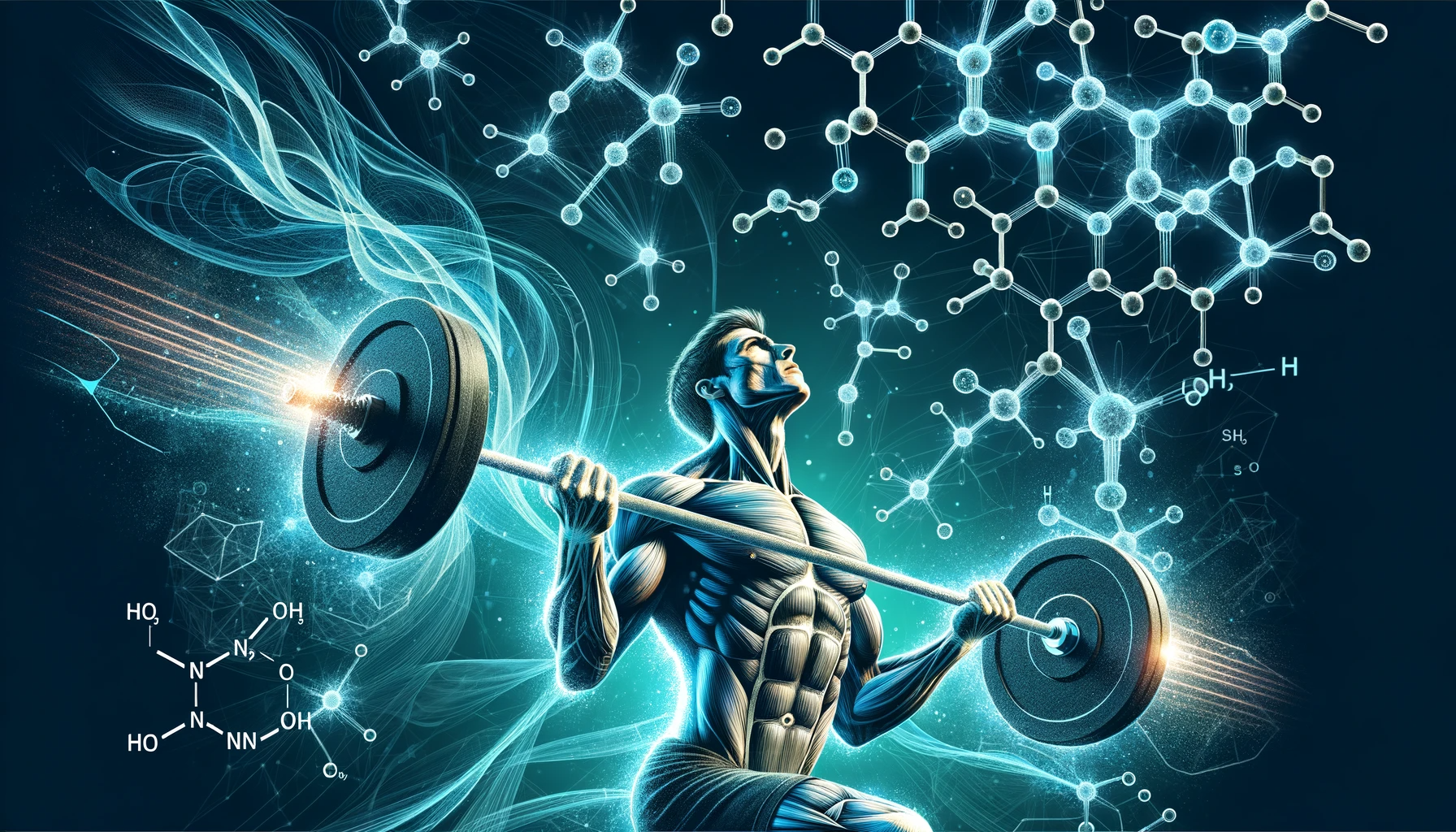
Staying mentally engaged has long-term benefits.
It helps you break plateaus, keeps you motivated, and even has a positive impact on your cognitive functions outside the gym.
So, the next time you hit the gym, remember: your mind is just as important as your muscles.
Engage both, and you're on your way to optimal performance and gains.
You can't out-train a bad diet.
To gain weight, you need to consume more calories than you burn.
But not just any calories; they should come from whole, healthy foods.
Supplements can provide an edge but are not a substitute for a balanced diet.
Creatine, for example, is the most proven supplement for strength gains.
Even seasoned lifters make mistakes.
The key is to learn from them and adapt.
For example, if you have a weak grip, don't mask it with accessories like straps; work on strengthening it.
Remember, your body grows outside the gym.
Recovery is just as crucial as the time spent lifting weights.
So, listen to your body, fuel it right, and keep pushing those limits.
What's the Main Difference Between Compound and Isolation Exercises?
Compound exercises work multiple muscle groups simultaneously, while isolation exercises target a single muscle group.
Which Is Better for Building Muscle?
Both have their merits. Compound exercises are generally more effective for building overall strength and muscle mass, but isolation exercises can help you focus on specific muscles.
Can I Do Both in One Workout?
Absolutely. Many athletes and fitness enthusiasts mix compound and isolation exercises to get the best of both worlds.
How Many Sets and Reps Should I Do?
For compound exercises, aim for 3-5 sets of 1-8 reps for strength. For isolation, 3-4 sets of 8-12 reps are common for hypertrophy.
What Are Some Examples of Compound Exercises?
Squats, deadlifts, bench presses, and pull-ups are classic examples.
What Are Some Examples of Isolation Exercises?
Bicep curls, tricep extensions, and leg curls are typical isolation exercises.
How Long Should I Rest Between Sets?
For compound lifts, 2-4 minutes is recommended for maximizing strength. For isolation exercises, 1-2 minutes is usually sufficient.
Can I Still Gain Muscle with Just Isolation Exercises?
Yes, but it's generally less efficient for overall muscle development than compound exercises.
Do Compound Exercises Burn More Calories?
Yes, because they engage more muscle groups, compound exercises typically burn more calories than isolation exercises.
Are Compound Exercises Riskier?
Not necessarily, but they do require proper form and technique to minimize the risk of injury.
If you want to dive deeper, especially for hardgainers, muscle-building, and effective workout plans, we've got you covered.
Below are some handpicked articles from our site that will provide you with the knowledge and tools you need to succeed:
Feel free to explore these resources to enhance your fitness journey and make the most out of your workouts.
Compound and isolation exercises both have their place in a well-rounded fitness regimen.
While compound lifts are your go-to for overall strength and muscle mass, isolation exercises help you fine-tune specific muscles.
Mixing both in your workouts can offer the best of both worlds.
Remember, nutrition and focus are just as crucial as the exercises themselves.
Your gains are not just made in the gym but also in the kitchen and during your rest periods.
Useful Links
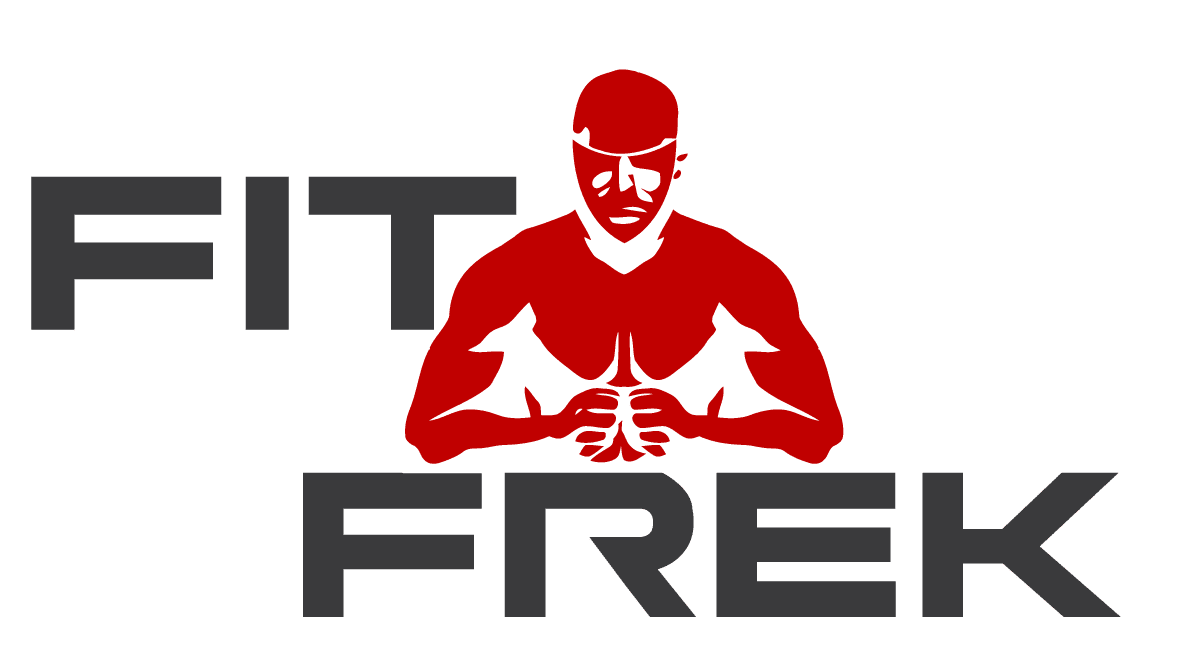 About FitFrek
About FitFrekFitFrek operates as an independent platform, offering comprehensive workouts, programs, routines, guides, and unbiased reviews to accelerate your progress. We pride ourselves on our honesty, delivering straightforward and candid insights. FitFrek does not offer medical advice, diagnosis, or treatment services.